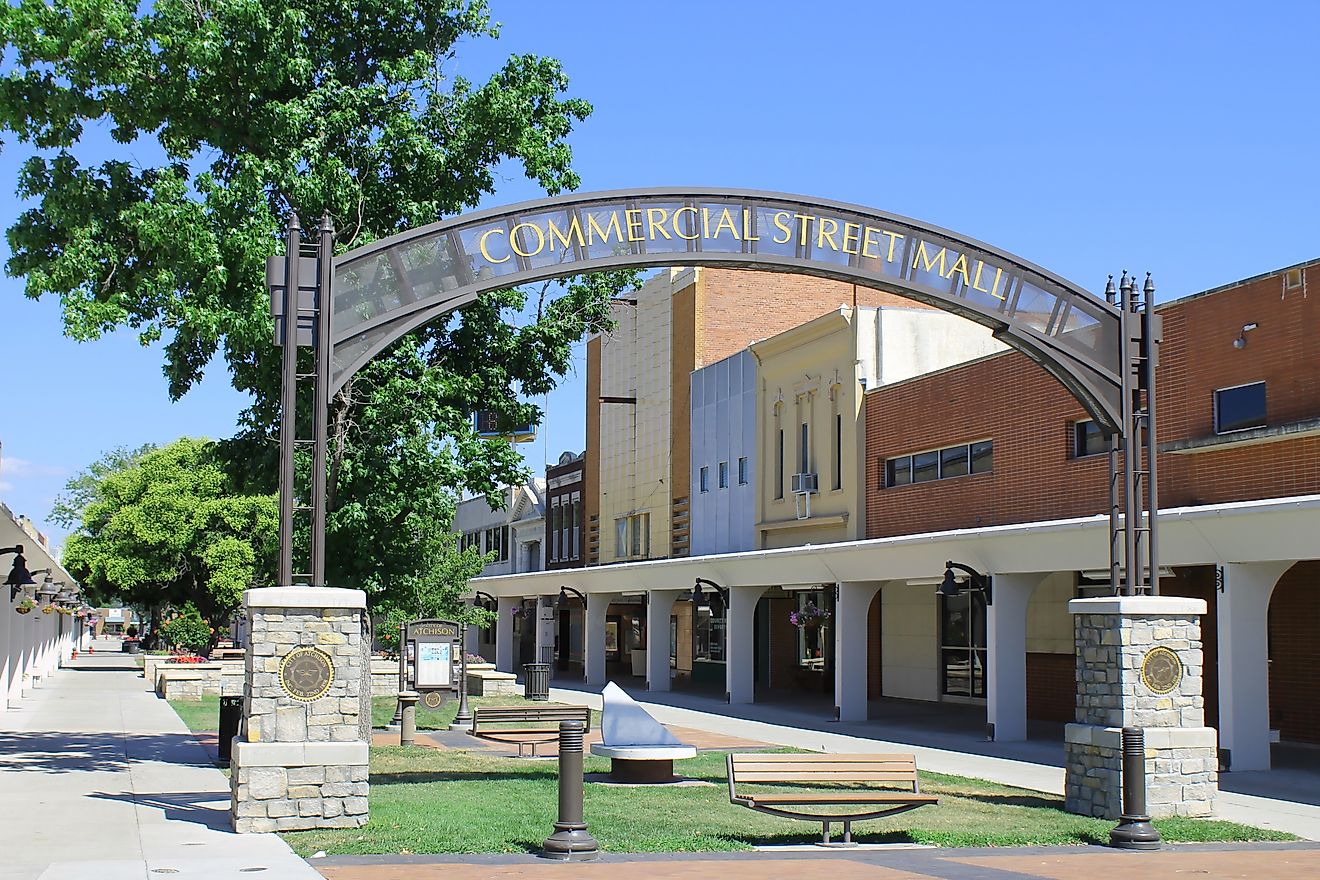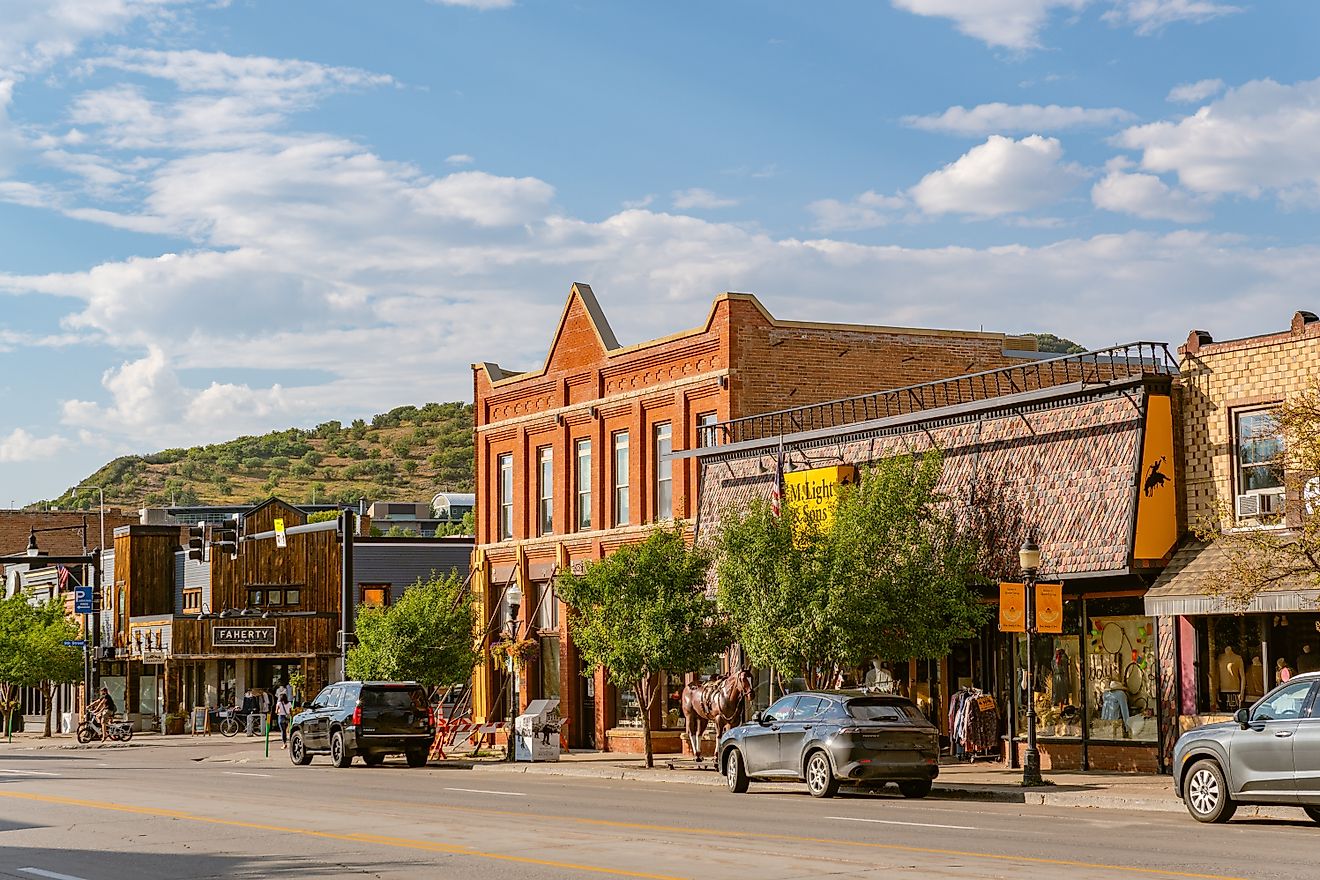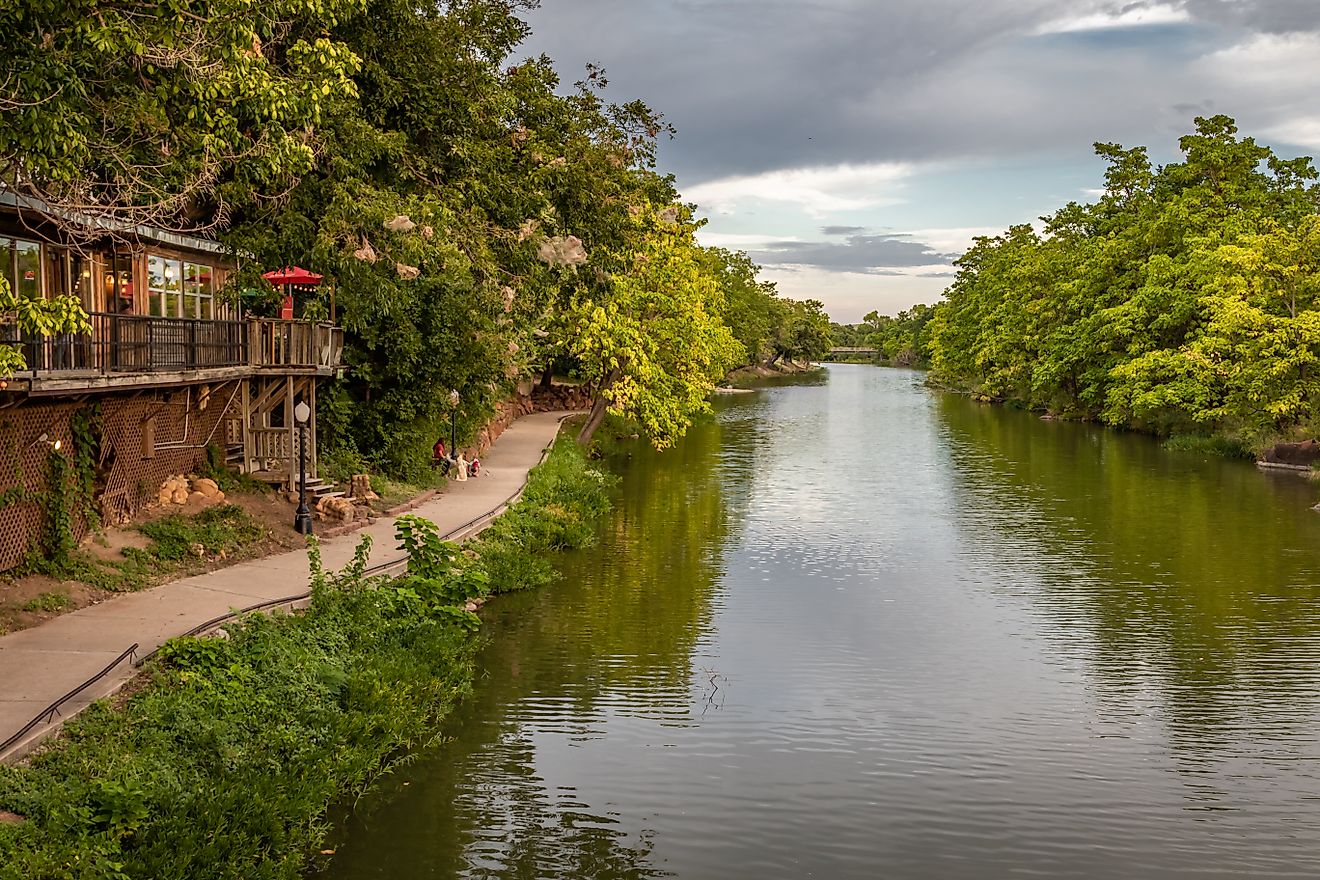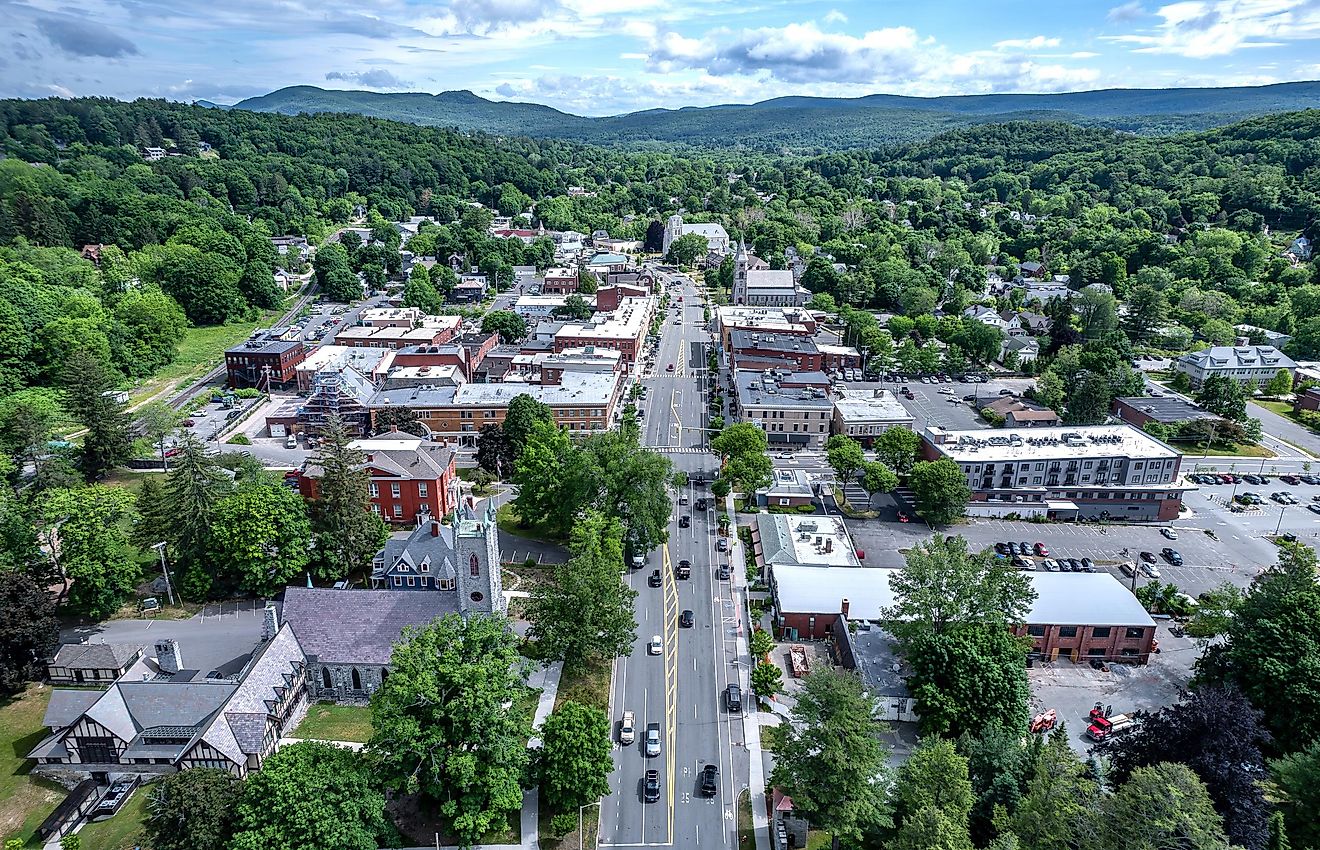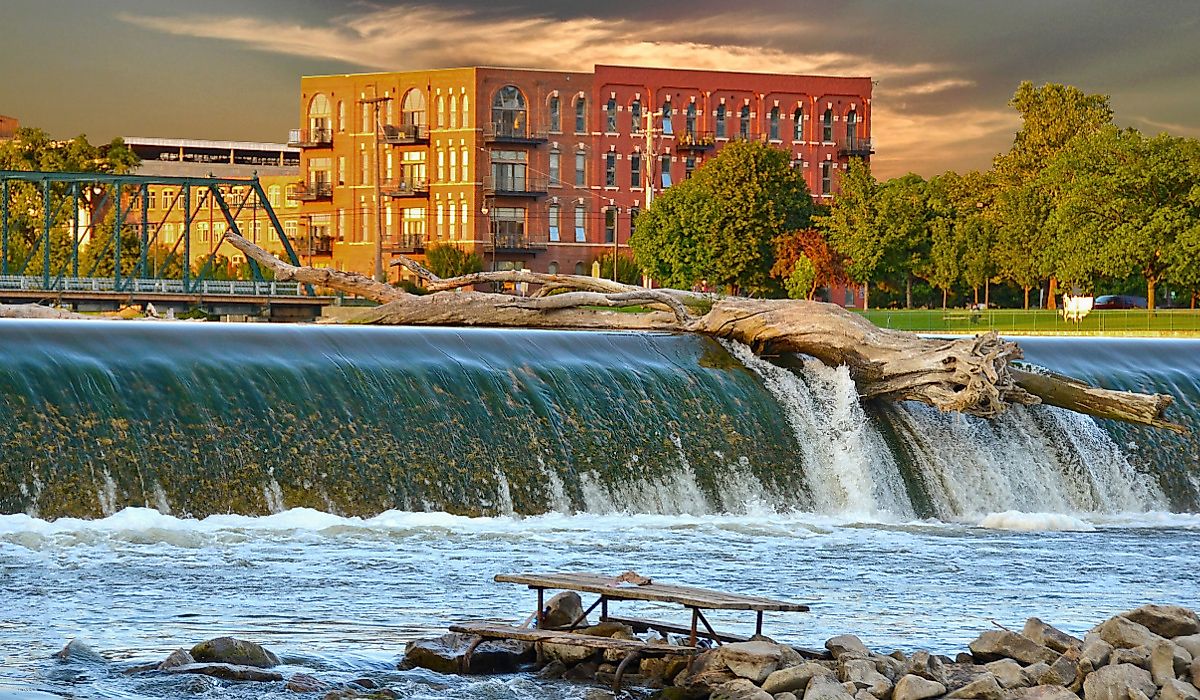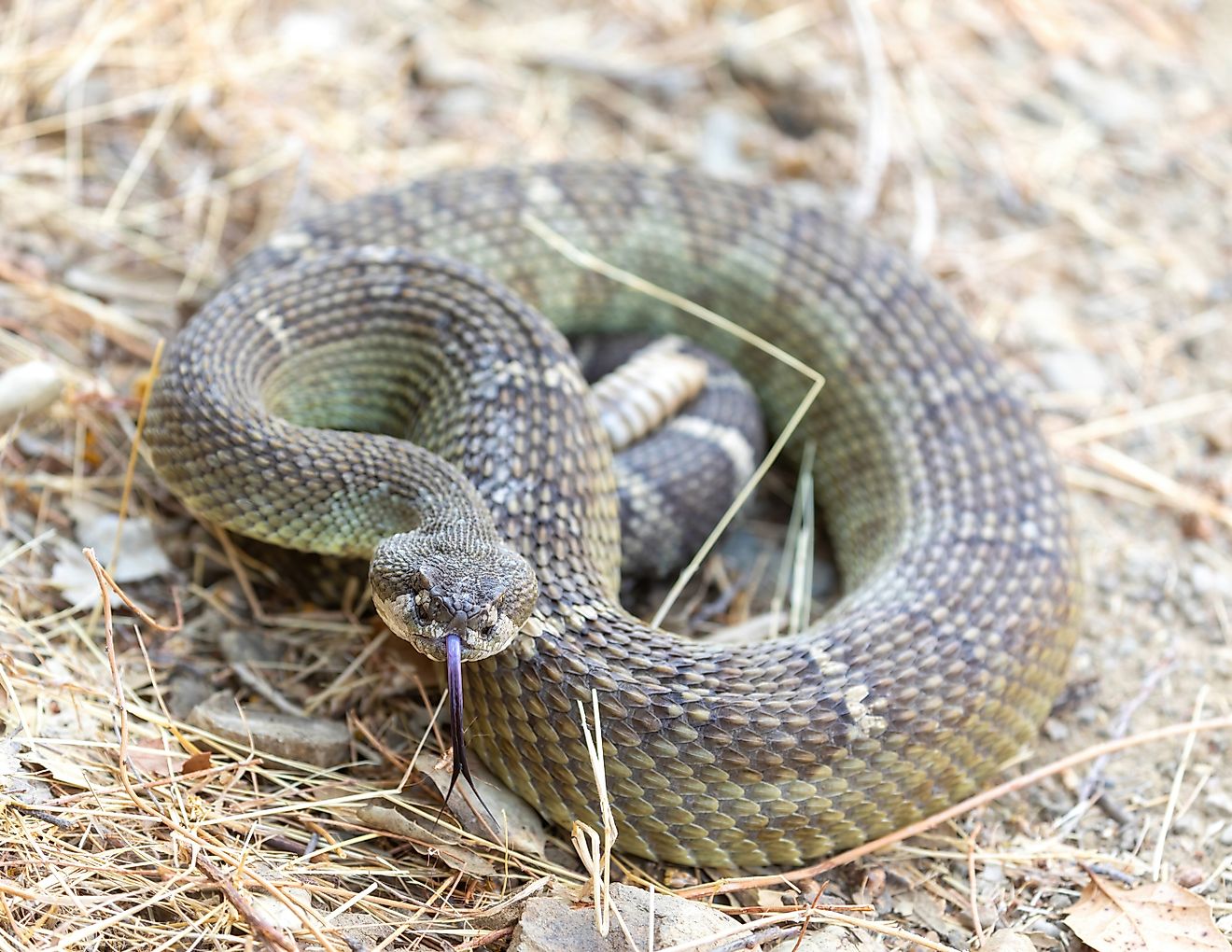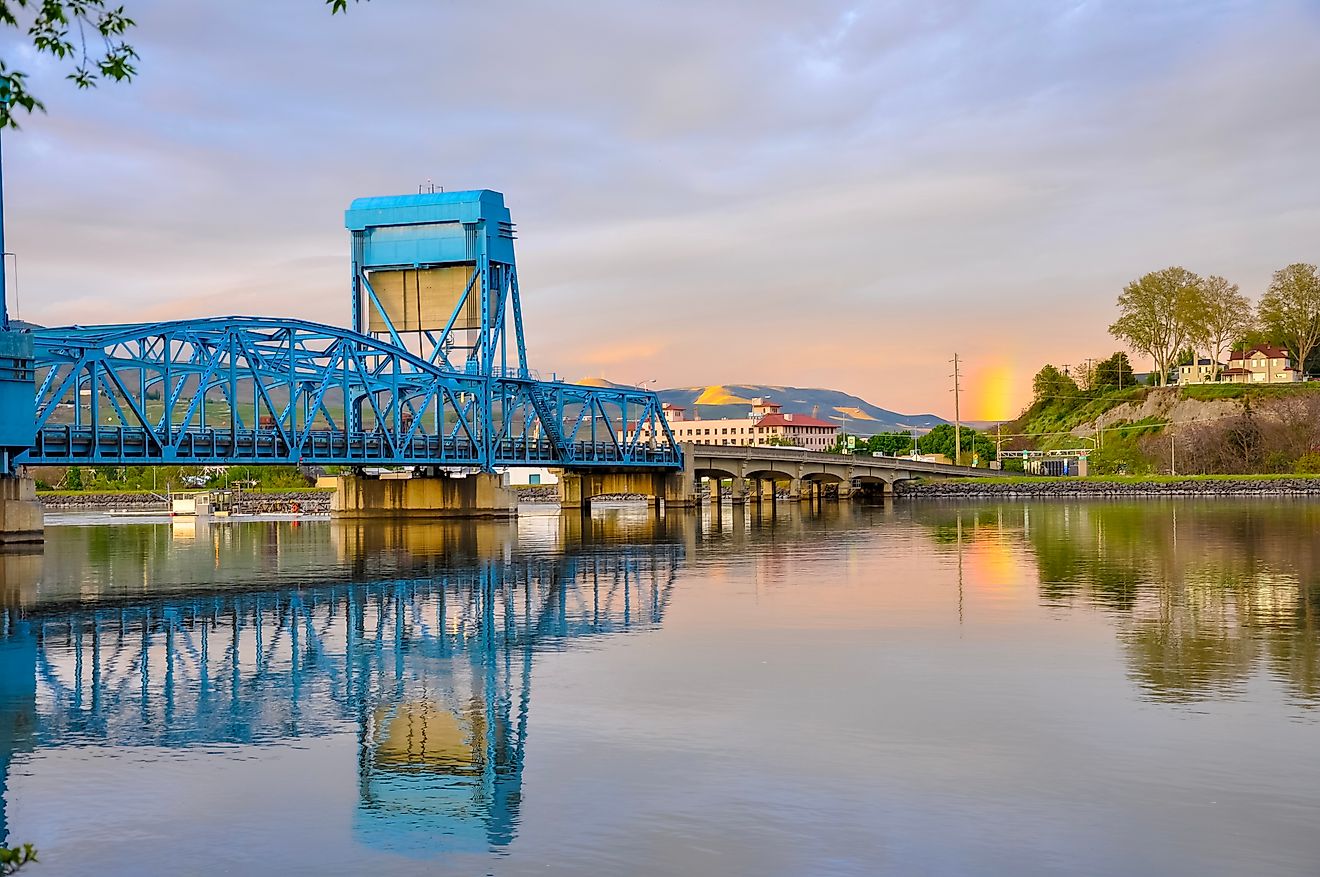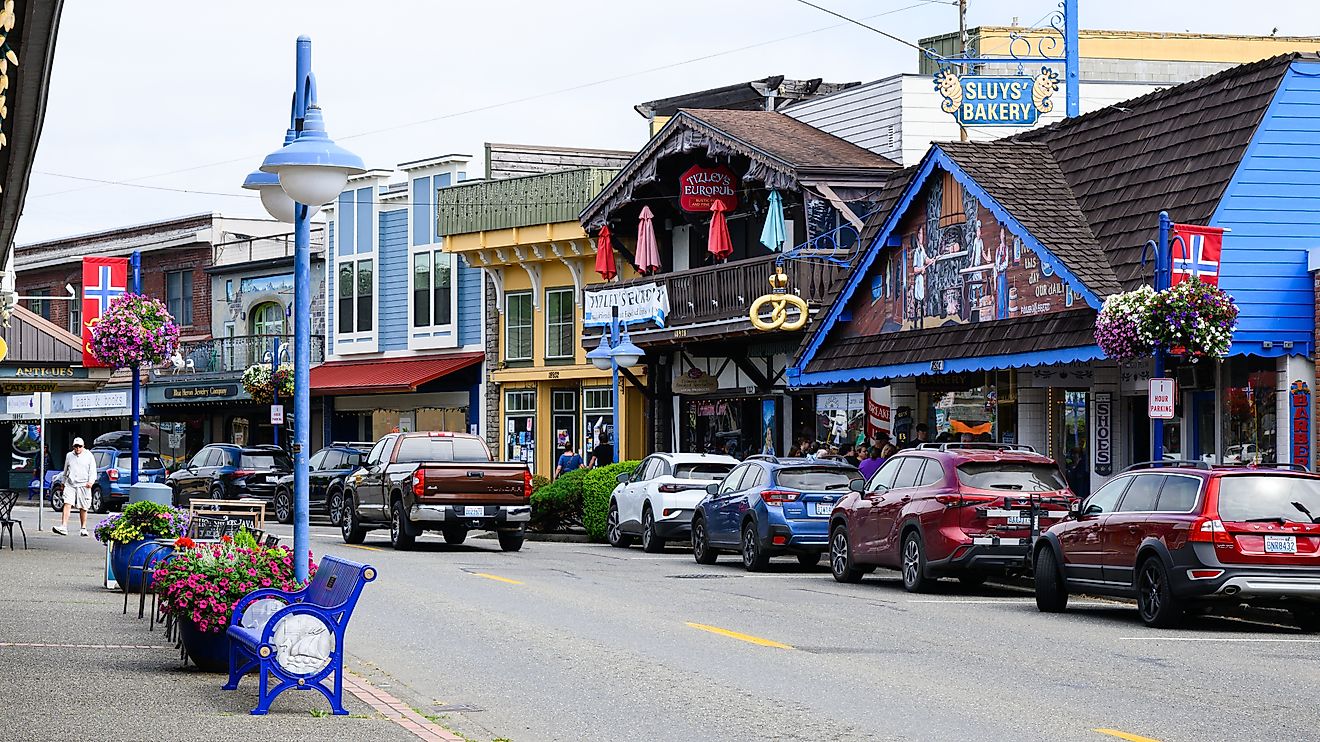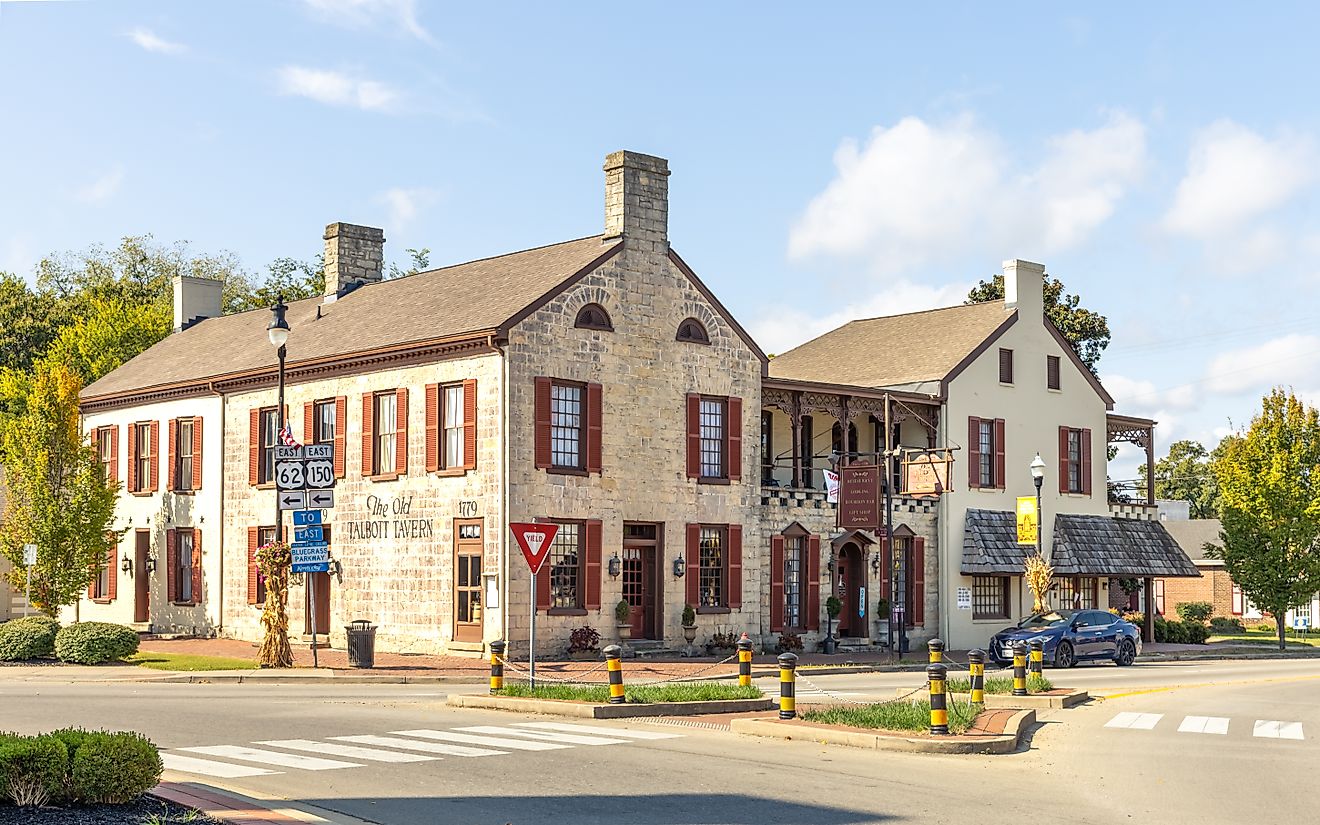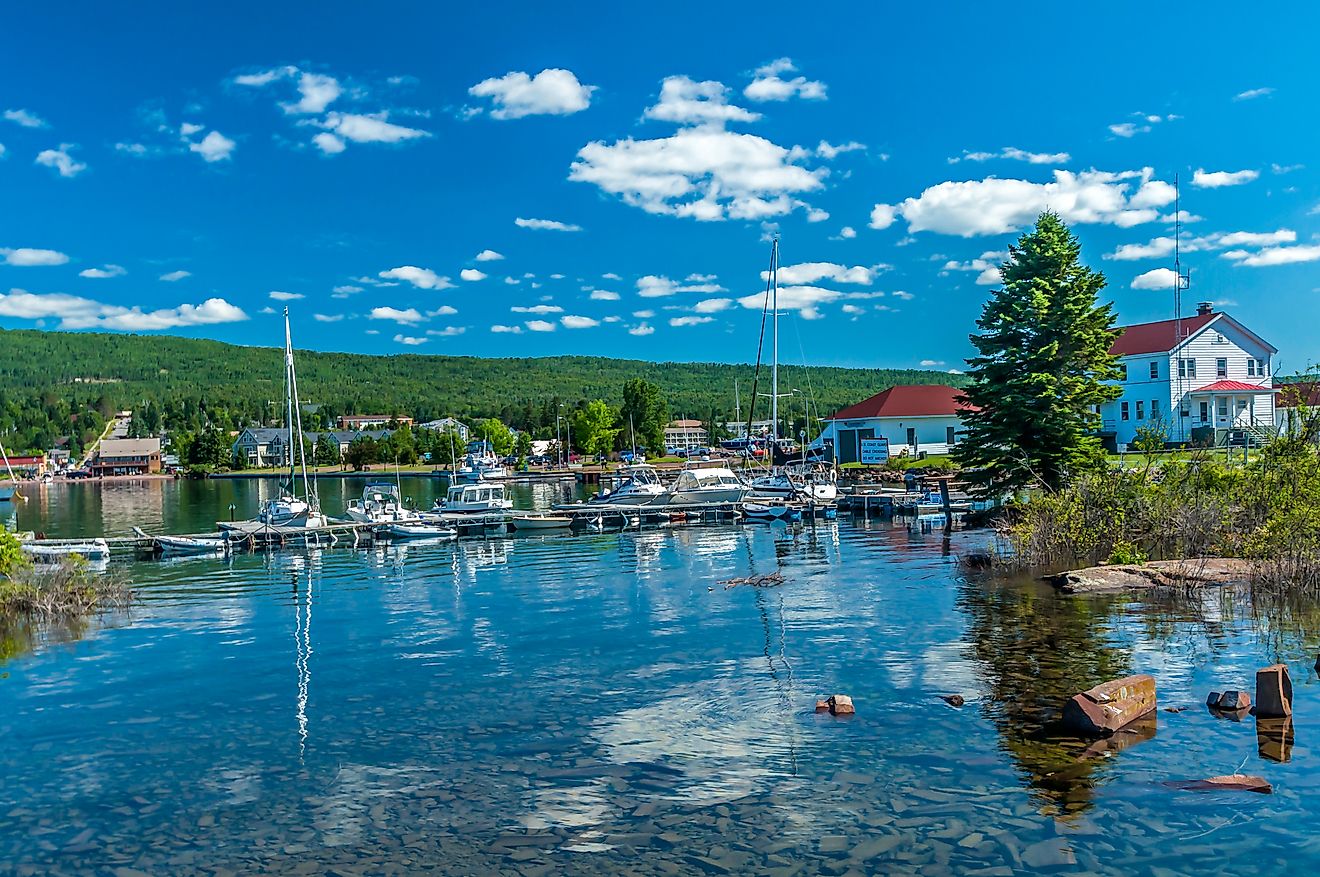Banff National Park, Alberta, Canada
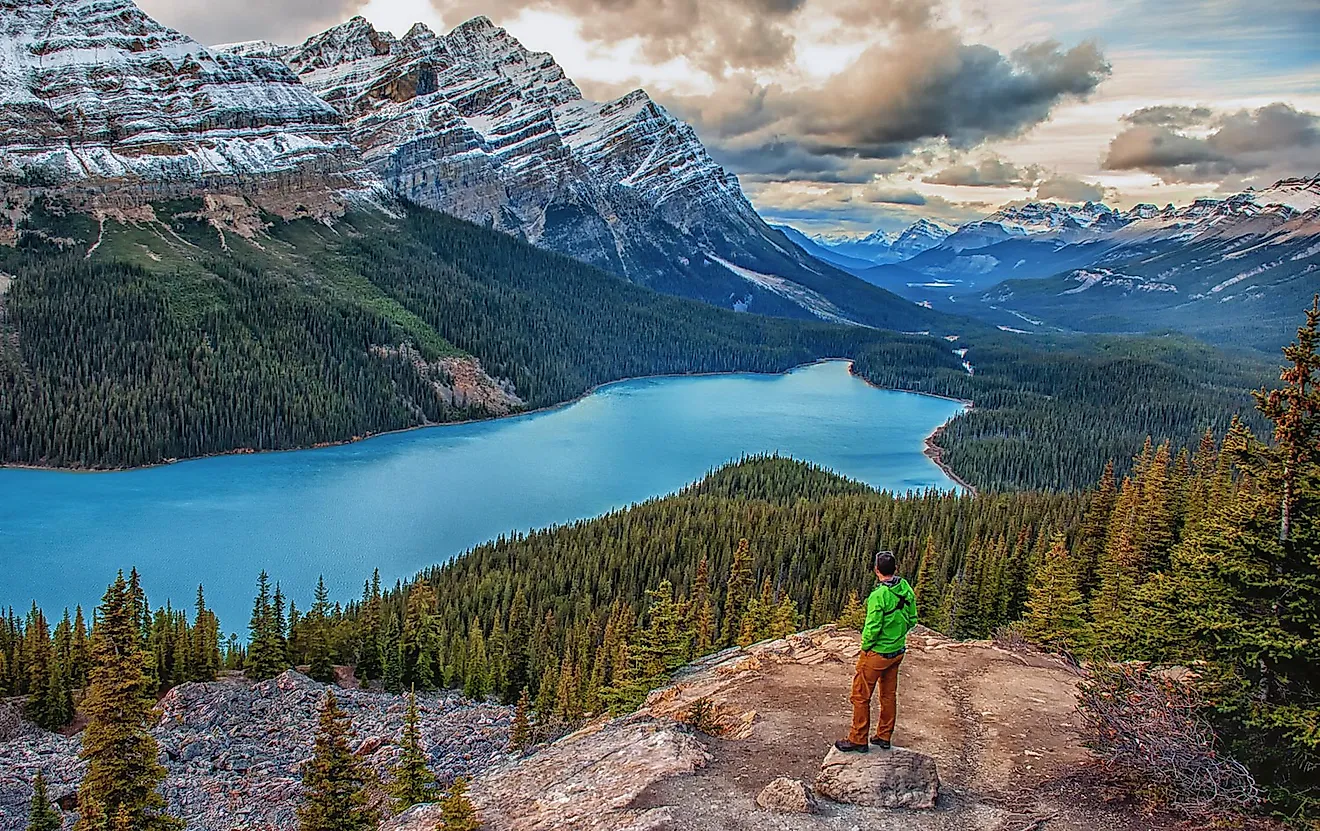
Banff National Park, located in the Rocky Mountains of Alberta, is the oldest national park in Canada and was established in 1885. The park is roughly 6,640 square kilometers (2,564 miles), and contains mountain range, lakes and forest. Banff is approximately 160 kilometers west of Calgary.
Contents:
Landscape
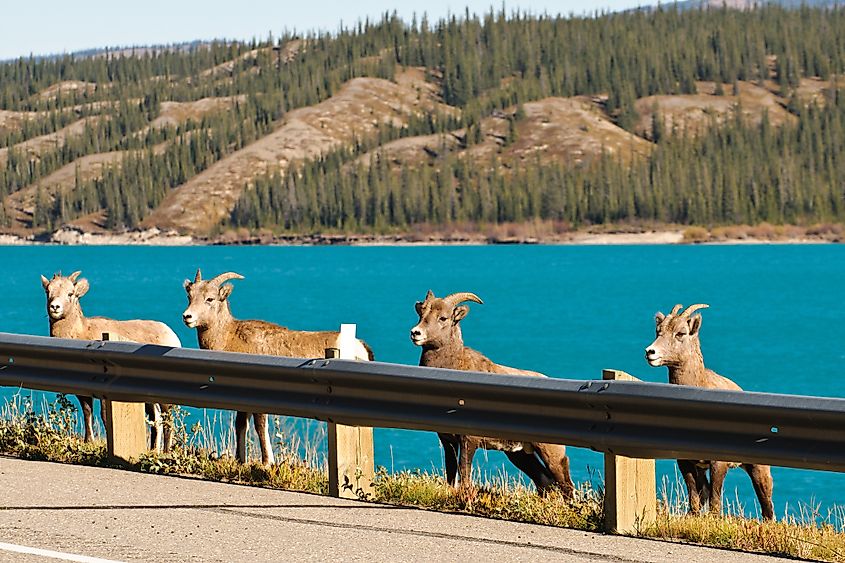
Banff National Park has a range of landscapes and includes three types of ecoregions. Much of the park is subalpine, which includes the heavily forested areas. Pine trees, spruce and firs populate this region. The tree line within the park is located at approximately 2,300 meters elevation. Everything above this tree line is considered to be in the alpine region, which makes up roughly 27% of the park. The alpine region is less heavily populated with vegetation and is mainly icefields and meadows.
The remainder of the park is in the montane ecoregion. Most of this area is lodgepole pine, as well as aspen, Douglas-fir and Douglas maple trees. The portion of the park that is montane is limited to the Bow Valley.
Mountains
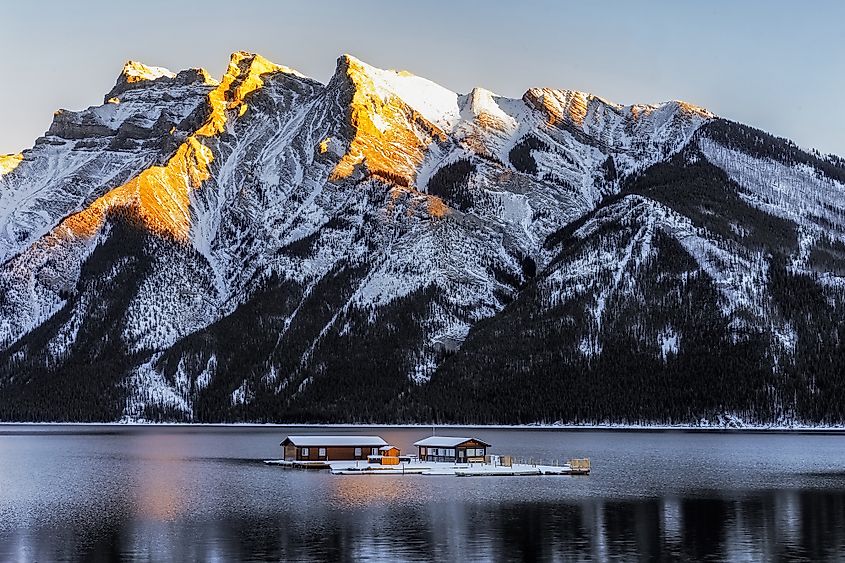
Banff National Park has a highly mountainous landscape. It encompasses over 6,000 kilometers of the Canadian Rocky Mountain ranges, along Alberta’s western border. There are two major mountain ranges within the park, which are the Main Ranges and the Front Ranges. They border the park on the west and east, respectively. The Main Ranges consists of three smaller mountain ranges, the Waputik, Bow and Blue ranges. Smaller ranges within the Front ranges include Palliser, Sawback and Sundance Ranges. The tallest peak in the park is Mount Forbes, which has a height of 3,612 meters. The Rockies generally, but more specifically the Main ranges, fall along the continental divide which runs north and south all the way through the Americas.
Icefields And Glaciers
Banff National Park also holds many icefields, glaciers, and glacier lakes. The high altitude and low temperatures found at the peaks and upper portions of most of the park’s mountain ranges provide excellent pockets for cirque glaciers and ice formations including the much-studied Peyto Glacier. The largest icefields are the Wapta icefields, which measures roughly 80 square kilometers, and the Waputik, which transverse the Banff National Park and Yoho National Park border.
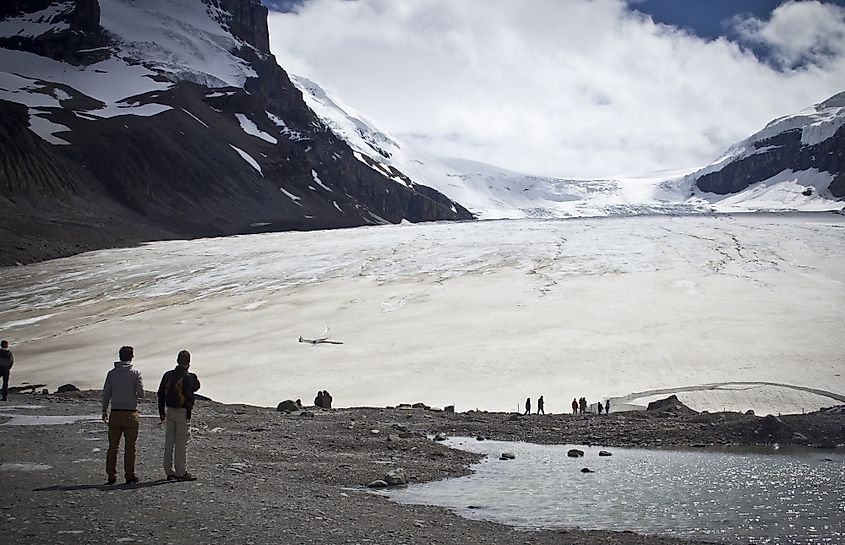
Another prominent glacial area is the Columbia Icefield, which is at the north point of Banff National Park, where the park meets Jasper National Park. This icefield is also the location of the hydrological apex of Canada. Because the ranges run along the continental divide, the Snow Dome, the highest peak in Columbia Icefield, has runoff which can flow to one of three major bodies of water - the Atlantic, Pacific or Arctic Ocean. This is due to the positioning of the peak on the continental divide.
Lakes And Rivers
The presence of glaciers and icefields also led into the existence of stunning turquoise lakes within the Banff National Park and surrounding areas. Glacial water, and run-off from the ice flows, feeds into a number of lakes resulting in a stunning blue-green colouration. Lake Minnewaska is located just five kilometers outside the town of Banff. This glacial lake is one of the most visited within the park, and measures 21 kilometers or 13 miles in length, and 142 metres or 466 feet in depth.
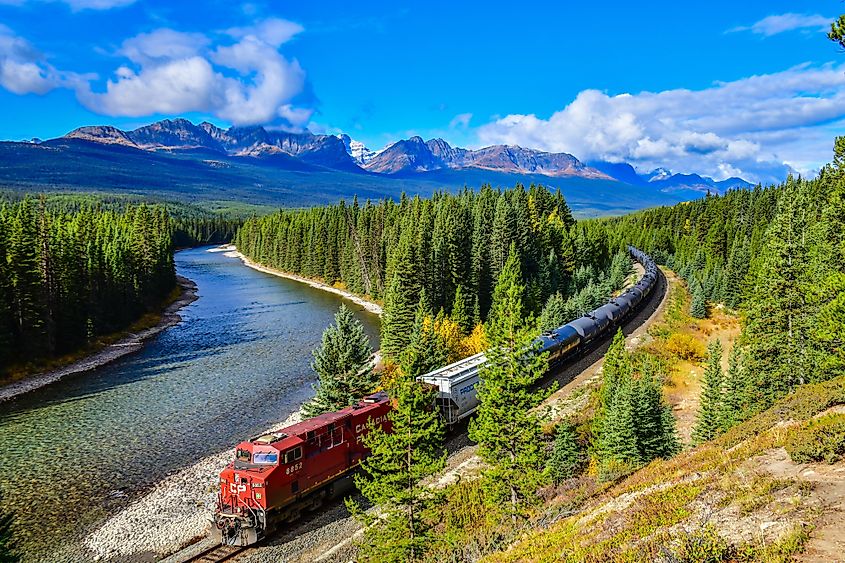
Lake Louise is another of the stunning glacial lakes. This green-tinged clear lake is nestled against Mount Victoria for a view that is truly impressive. Water from the Victoria glacier gives the lake its emerald hue, which is so popular for tourists. The lake is positioned at an altitude of 5,249 feet and covers an area of some 222 acres. Other lakes in the park include Peyto lake, Moraine Lake and Vermillion Lakes. Many of these lakes are fed by glacial runoff, or glacier streams, as well as the largest river that runs through Banff National Park, the Bow River.
Wildlife
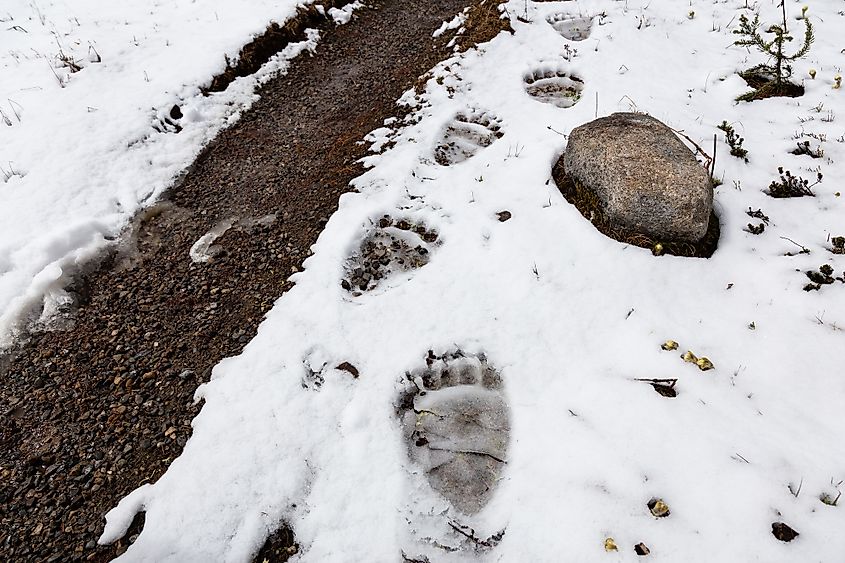
The Banff National Park is home to a variety of wildlife. Some 53 different mammals reside in the park, due in part to the range of ecoregions the area has to offer. Of these mammals, Banff is home to all of the large carnivores Canada has to offer. The impressive grizzly bear resides within the mountain ranges, as well as its smaller cousin, the black bear. Similarly, the cougar, sometimes called a mountain lion, also lives within the upper elevations. It is the largest cat in Canada. Within the park, there are thought to be 7-10 mature cougars. The smaller cat, the Lynx, also lives in the region. These large-pawed stealthy hunters prefer cooler climates, and often hunt in snow and forested areas. Aside from bears and cats, this National Park also holds both wolves and coyotes.
There are approximately 35-40 wolves that live within the park, in four different pack groups. While populations of wolves in these regions had been on the decline, the packs have more recently remained healthy and stable, a welcome return to this area. Smaller carnivorous hunters include the feist wolverine, as well as pine martens.
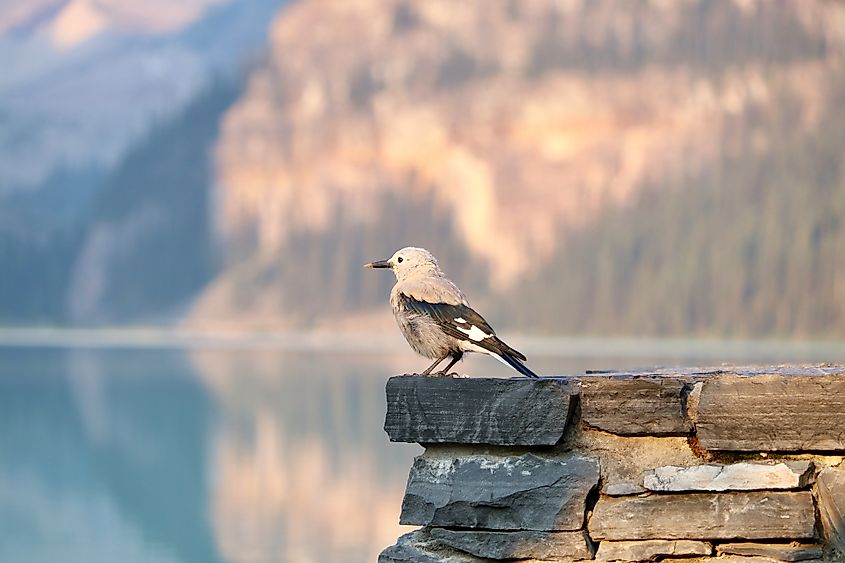
Various grazing animals also live in the park and include everything from the giant moose and plains bison, to elk, deer and mountain goats. Other small-scale herbivores include a variety of squirrels as well as porcupines, brown bats, marmots, and the Canadian beaver.
